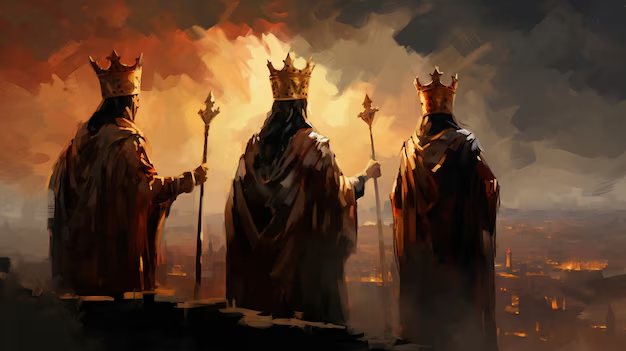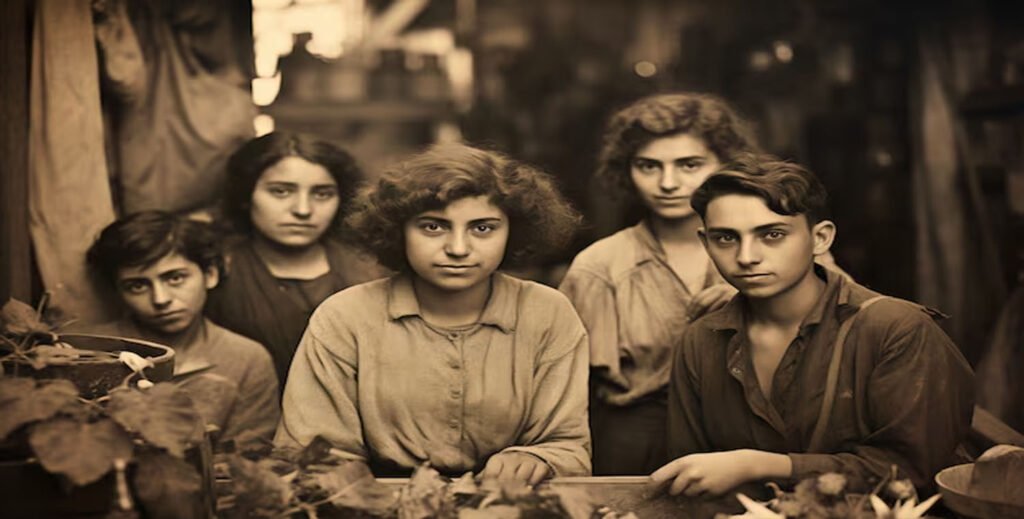Comprehensive Guide to chagaras: Tradition and Heritage

Introduction
chagaras, also known as Ecuadorian cowboys, represent a deeply rooted cultural tradition in Ecuador. This comprehensive guide explores the historical significance, lifestyle, and skills of chagras, shedding light on their unique role in Ecuadorian heritage.
History of chagaras
chagaras have a rich history dating back to the Spanish colonization of Ecuador in the 16th century. Originally stemming from a blend of indigenous Andean and Spanish horsemanship, chagras emerged as skilled cattle herders and horsemen, mastering the art of managing livestock in the challenging terrains of the Ecuadorian highlands.
The Lifestyle of chagaras
Daily Routines and Traditions
The life of a chagaras revolves around rigorous daily routines that blend practicality with tradition. From before dawn until sunset, chagras engage in tasks such as herding cattle, maintaining equipment, and tending to their horses. This lifestyle reflects their deep connection to the land and their commitment to preserving their cultural identity.
Cultural Significance
chagaras play a pivotal role in Ecuadorian culture, symbolizing resilience, independence, and a strong work ethic. Their attire, characterized by wide-brimmed hats, ponchos, and leather chaps, not only serves practical purposes but also signifies their cultural pride and heritage.
Skills and Techniques
Horsemanship and Riding Skills
Central to the identity of chagras is their exceptional horsemanship. They demonstrate unparalleled skill in riding and handling horses, essential for maneuvering through rugged landscapes and effectively herding cattle.
Cattle Herding Techniques
Chagras employ sophisticated techniques in cattle herding, utilizing well-coordinated strategies to manage large herds across expansive terrain. Their knowledge of animal behavior and terrain dynamics ensures efficient and sustainable cattle management practices.
Modern Challenges and Adaptations
Sustainability Practices
In response to modern challenges such as environmental conservation and sustainable agriculture, chagaras have adapted their traditional practices. They integrate eco-friendly methods into cattle management, promoting biodiversity and soil health preservation.
Economic Contributions
Beyond cultural preservation, chagaras contribute significantly to the local economy through agricultural production and tourism. Their skills attract domestic and international visitors, fostering economic growth in rural communities.
Conclusion
chagaras epitomize the enduring spirit of Ecuadorian heritage, blending centuries-old traditions with contemporary adaptations. Their profound influence extends beyond the highlands, resonating with those who appreciate the resilience and cultural richness embodied by these skilled cowboys.
By exploring the history, lifestyle, and skills of chagras, this guide illuminates their integral role in Ecuadorian culture and positions them as icons of tradition and sustainability in a rapidly changing world.



Responses